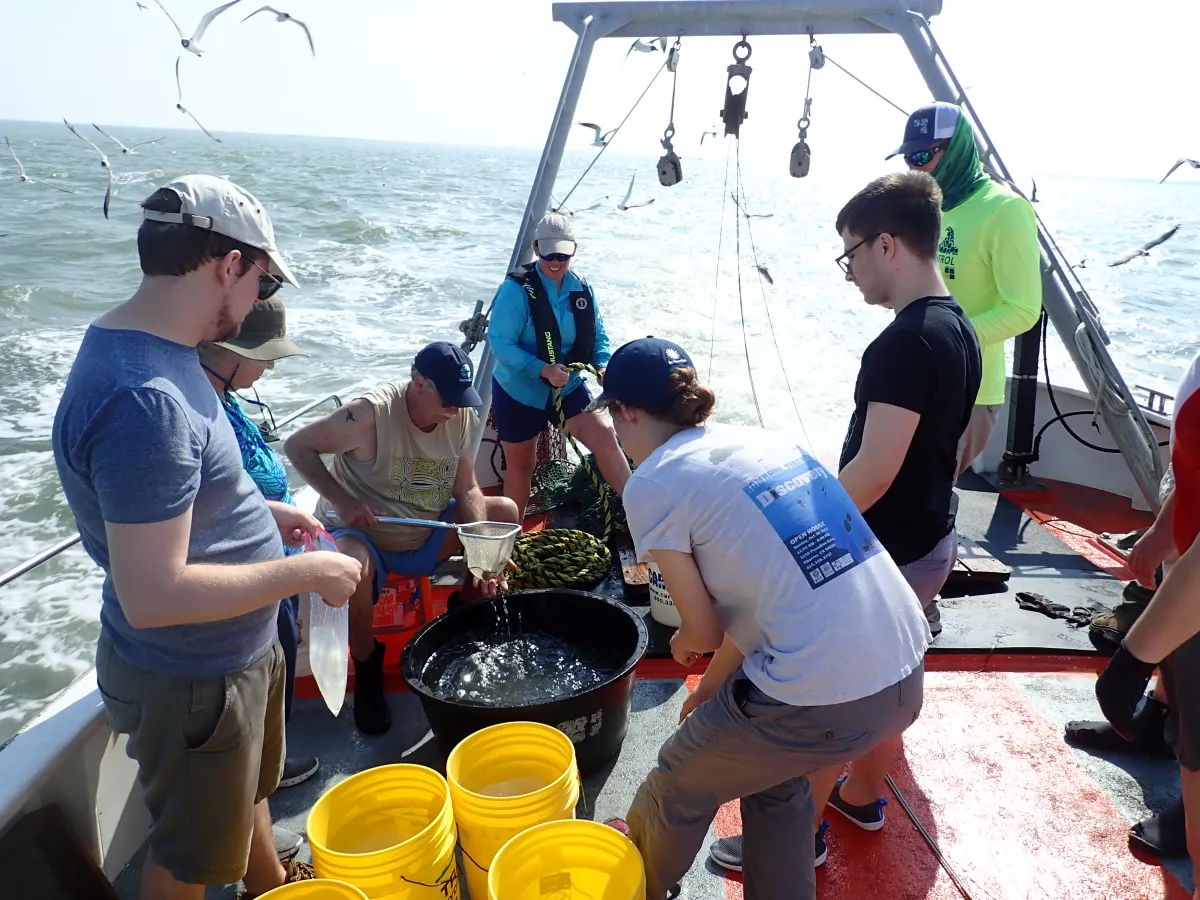
Search

MarineGEO BioBlitz 2019
Written by Adam Stergis
From May 28th to June 12th 2019, The Smithsonian Institution’s MarineGEO program conducted a 2-week biodiversity survey in both Corpus Christi and Port Aransas, Texas. This was accomplished in collaboration with Texas A&M- Corpus Christi (TAMUCC) and the University of Texas- Marine Science Institute (UTMSI) who provided additional staff support, housing, laboratory access, and much more. The Corpus Christi region is home to Laguna Madre, one of the world’s largest hypersaline lagoons, making the area a prime candidate for collecting all sorts of unique specimens.

Biodiversity surveys such as this are often referred to as a “BioBlitz,” in which scientists, students, and volunteers will collect as many living specimens as possible within a specified area during a continuous period of time. The aim of this BioBlitz was to create a census for the marine biodiversity in the waters around Corpus Christi, Texas, to provide a strong foundation for further ecological research on environmental change in the region. Modern workflows in processing research specimens have come a long way in as little as a under a decade, and advancements in technology allow us to create much more detailed biological surveys than ever before.

Specimens were collected in various habitats such as seagrass beds, mud flats, and salt marshes. Upon collection in the field, coordinates and time of collection were noted. From there, specimens were taken back to the labs at TAMUCC and UTMSI, where further information was gathered such as barcode sequencing, tissue vouchers, photographic vouchers, and taxonomic identification. The specimens were then fixed in preservative alcohol or formalin to keep them in the best condition possible ahead of their incorporation into a collection. All invertebrate specimens collected during this BioBlitz were deposited in the NMNH Invertebrate Zoology collection, whereas tissue vouchers were subsequently deposited in the Smithsonian’s Biorepository. Genetic sequences will be made available to the public via GenBank and BOLD once sequencing has been completed.
The BioBlitz was a resounding success, having collected over 300 unique invertebrate taxa across 68 different locations during the 2-week period. The information gathered from these specimens will prove quite valuable in piecing together a better understanding of the biodiversity within the waters of the Coastal Bend of Texas and will be a major addition to the decades of detailed work done by scientists local to the region.
